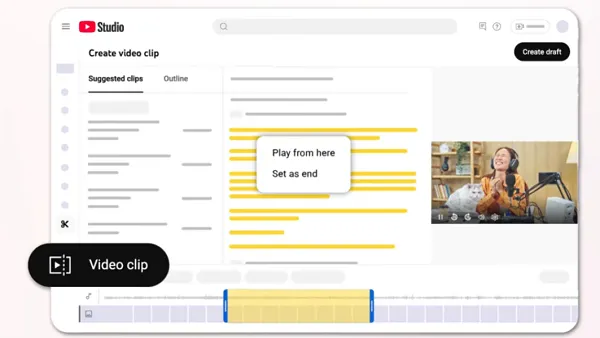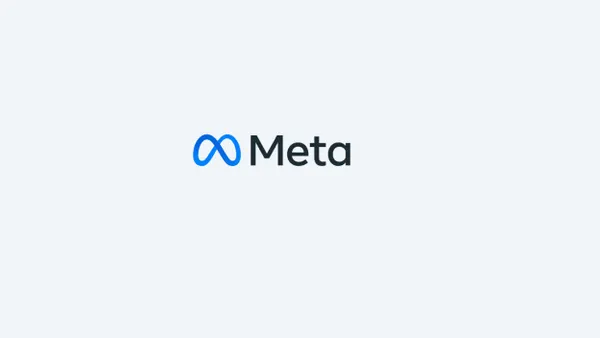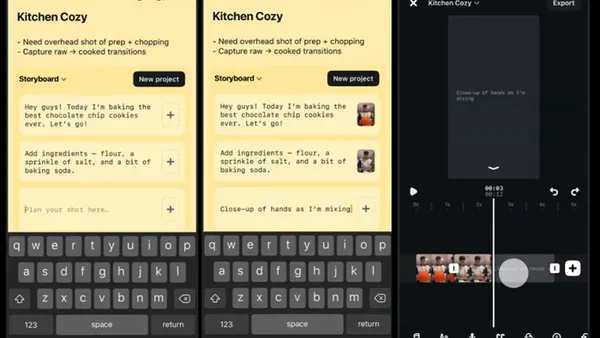It's pretty exciting to watch how we, as marketers, have grown to embrace social media in a relatively short time. In particular, we have come to recognize the fact there are dialogs being created outside of our efforts. Notably, and most dramatically, we have seen this take shape in our presentation environments.
Today, a real-time social dialog among audience members often accompanies a presentation or webinar. With this understanding, we've begun to encourage and support that dialog with hashtags and active monitoring. That's great...but are we really listening?
Webinars and 'Social'
Early this week, I attended a marketing webinar sponsored by two well known and well respected marketing companies. As in-the-know 'social marketers', they supported their webinar with a Twitter-based dialog. Including:
- A hashtag specific to their presentation.
- The hashtag included on each slide of the presentation.
- Verbally encouraging the audience, throughout the presentation, to take their dialog to Twitter.
And so the webinar began and the social magic unfolded...
There was a stead stream of tweets throughout the webinar (about 250 total tweets using the supplied hashtag). The audience was so engaged on Twitter, that the presenters and moderators mentioned so in their dialog several times throughout the webinar.
Social success! Right? Well, kind of...
Hearing Versus Listening
Most of us grew up with our parents, teachers, etc. telling us that there is a difference betweeen 'hearing' and 'listening'. My webinar experience was a perfect example of that important, distinct difference.
So there was this great 200 plus tweet activity racing alongside a decent presentation, but the tweets were not turned in to dialog by the presenters...they were relegated to threads, stand-alone statements.
I noticed this problem when the webinar came to its Q&A segment.
While there were a stream of questions in the tweet-cloud, the questions that were addressed (and answered) were those entered into the actual webinar hosting platform. Those attendees (like myself) posting questions to the webinar hashtag were left out in the cold of the Twitter-sphere (even though we were encouraged to use Twitter for questions).
Great, You're Social, Now Begin Actively Listening
Speaking from experience, it is not easy to present, maintain a decent pace, track time, and monitor audience questions/engagement...especially in a live webinar. The fact that these presenters were, at least, aware of the activity on Twitter is better than many other webinars I've attended.
However, to truly turn 'social' into 'dialog' we have to put the right supporting processes in place in advance of encouraging audiences to social channels.
There are two simple steps to ensuring your next social-supported presentation creates dialog:
#1 Structure Your Social Search To Find Questions
Most commonly, we are driving audience members to Twitter (supported by a hashtag) for their accompanying dialog. When setting up your next presentation make sure you are doing the following to explicitly 'find' questions:
- Advanced Search - create a search in Twitter or, better yet, your favorite Twitter client using your presentation hashtag (e.g. #mypresentation) and the '?' search operator (e.g. #mypresentation ?).
- Designate A Search Moderator - find a person that can specifically monitor the 'question' searches and respond or collect them for later reponse.
- It's Just You - use a Twitter client with alerts (like TweetDeck) and stored searches for you to refer back to during Q&A.
#2 Encourage the Community to Respond
Depending on your topic and audience, leverage the knowledge in your audience to help field the questions of other attendees. At the outset of the presentation, encourage your audience to follow the hashtag as well and to answer their fellow attendees' questions.
Follow up after the presentation and comment on those threads (continuing to use your presentation hashtag):
- Praising excellent answers.
- Clarifying or enhancing answers.
- Correcting incorrect answers.
This follow up, in addition to extended your knowledge, also provides an opportunity to drive audience members to follow up information or content.
Will It Matter?
Giving your audience a voice is great, listening and responding to their comments, questions, and needs is true, value-added dialog. As is the case for many of us, our presentations and webinars are an opportunity to generate interest, and ultimately, new business.
The more actively we listen and engage the better we present our messages and brands.
You're social media ears are open...now invest the time in be able to authentically engage and respond.










